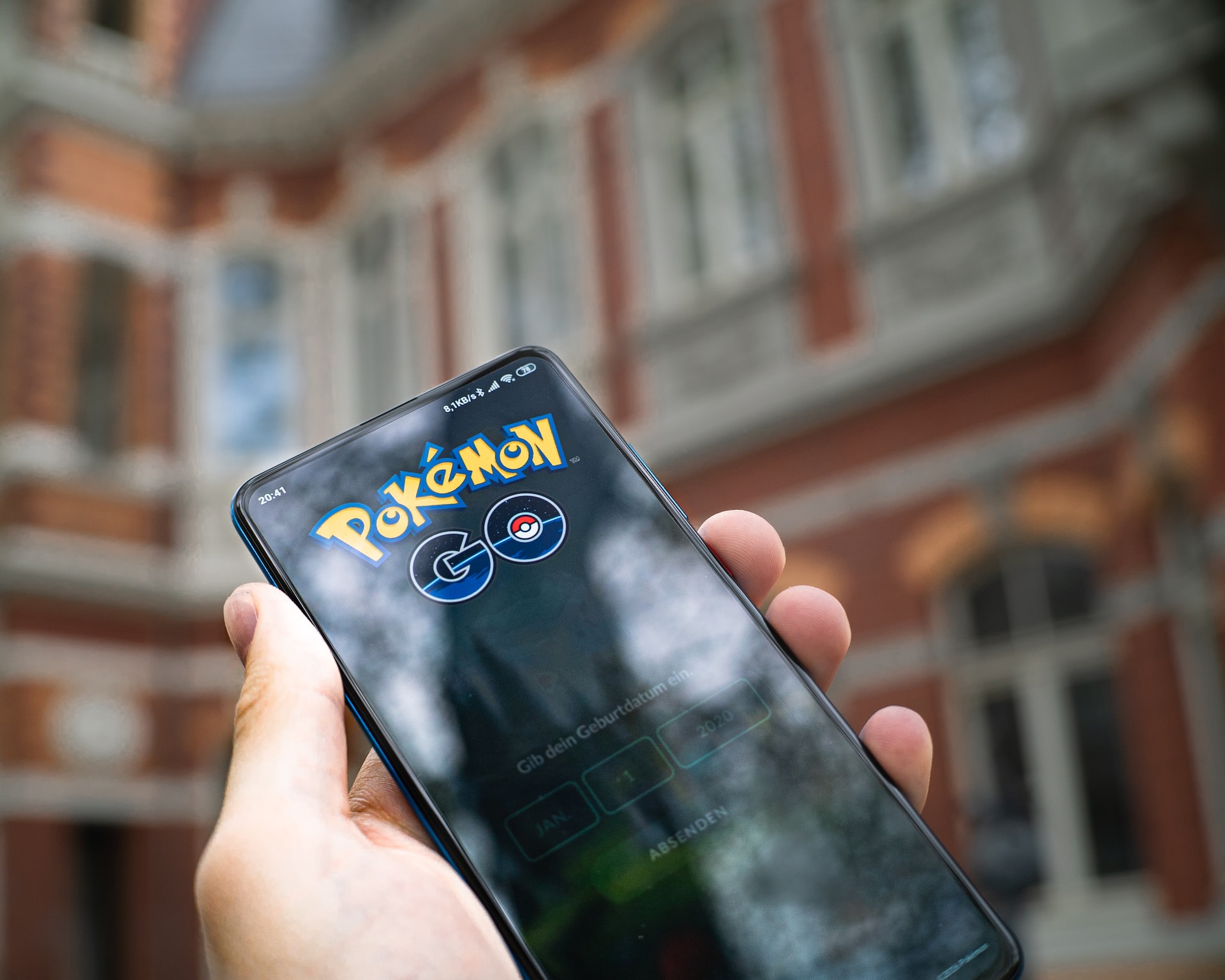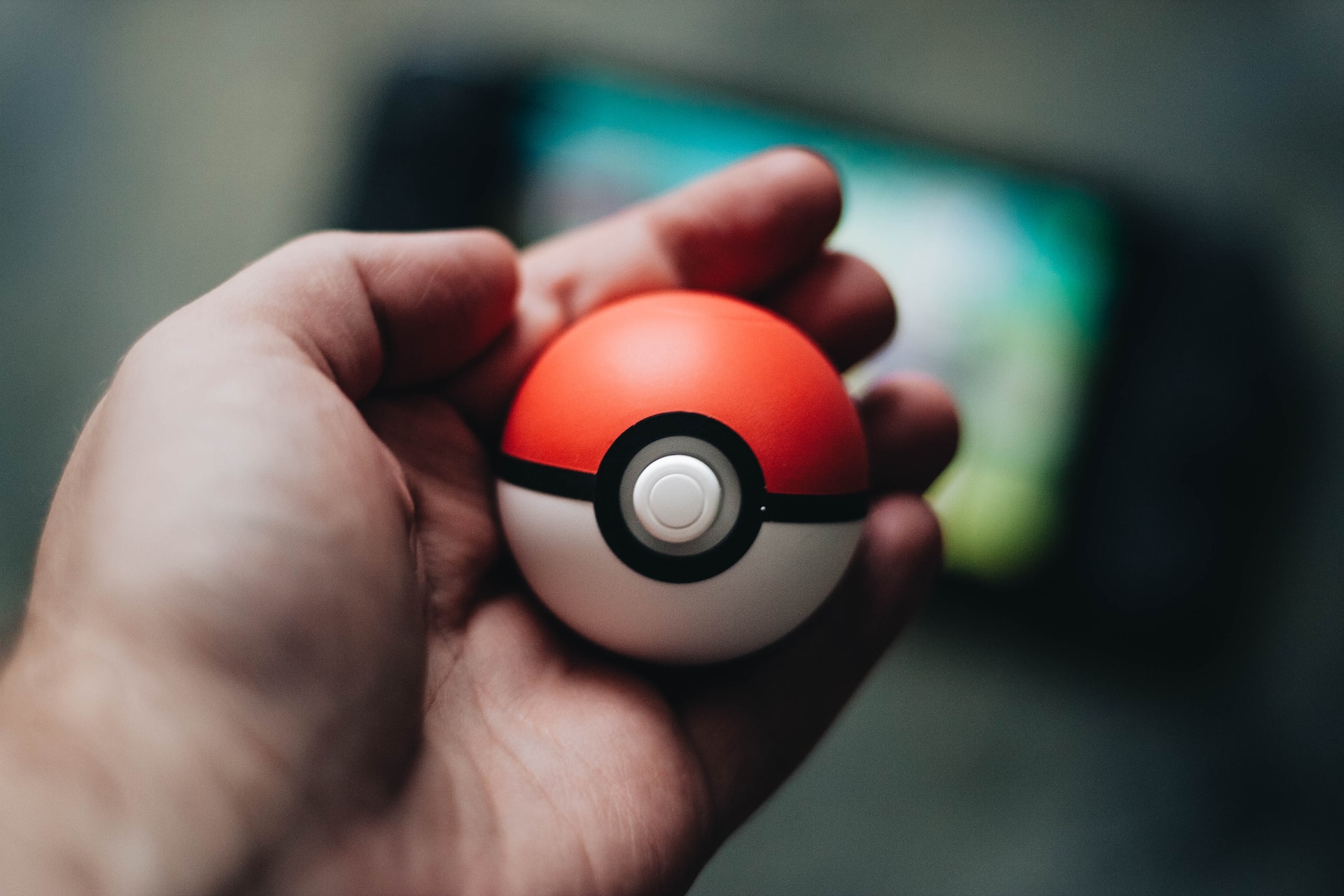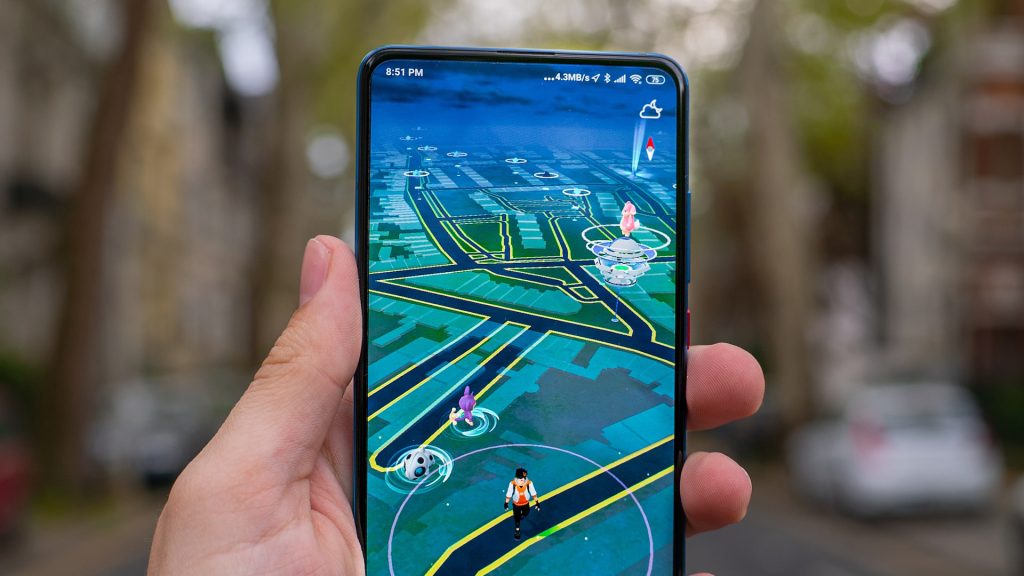Picture this: it’s a warm sunny day in 2016 as you walk down the street. It’s a relatively quiet afternoon; you can feel the heat of the sun on your face and you can hear the gentle hum of the city. Suddenly, a group of people appear out of nowhere, chasing after something not visible to the naked eye, clasping on to their phones with a hungry and excited look. ‘I’ve got it! The Snorlax – I captured it!’ you hear someone shout.
Realization dawns – you scramble for your phone and rush to join the crowd, hoping to add the oversized nap monster to your collection of beasts. Pokemon Go is in its prime – life is good.

Few games took the world by storm like Pokemon Go did upon its launch, but what happened to the much-loved game? You rarely see people playing the game in the streets, and chatter about the game is few and far between in mainstream media nowadays, with the exception of articles on video game-oriented news outlets, such as the Pokemon-heavy one at https://win.gg/.
Pokemon Go had a record-breaking start during its first weeks and months following the game’s launch on 6th July 2016, amassing over $207 million in revenue in its first month alone. Alongside the crazy revenue stream the game generated, Pokemon Go topped the charts for the most downloaded app internationally.
During the game’s spell at the top, over 250 million players poured in each month to capture their favorite little Pokemon and battle against the Pokemon of other players – it really was exhilarating for those few weeks; if you played the game, you’ll know the feeling. According to the information on https://businessofapps.com/, this figure sat at around 71 million for 2021. While this is a crazy drop-off over the years, it should be noted that 71 million monthly players still makes for a hugely successful game that draws in millions upon millions in revenue, which is still reinvested into the game to bring the updates detailed further on https://pokemon.com/.

Reflecting this drop-off in numbers is the drop-off in chatter and hype surrounding the game. In its prime, Pokemon Go plastered the headlines of media outlets, the memes of your social media feeds, and the topics of a lot of conversations.
We simply don’t get this anymore – which could prove to be a product of the bi-directional causality; that is, fewer people chat about the game, meaning fewer players are enticed to play and fewer players mean there are fewer people to chat and build hype around it. After the novelty of a game like this, where the actual gameplay is pretty limited, people begin to lose interest in a world where our brains need constant stimulation. Regardless of its status now, the game created a lot of core memories for a lot of players around the world, and there is always the possibility of tuning back in to check on our old Pokemon and give them a run-out in a gym battle – nostalgia could replace the novelty, after all.
